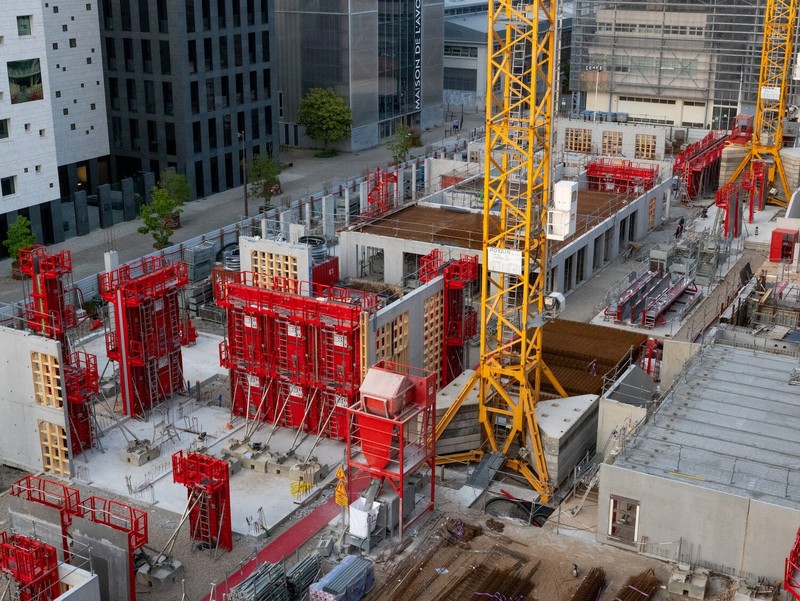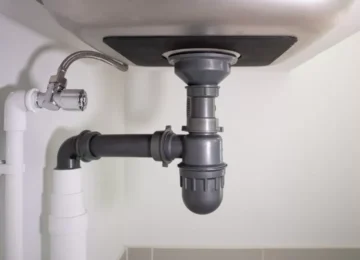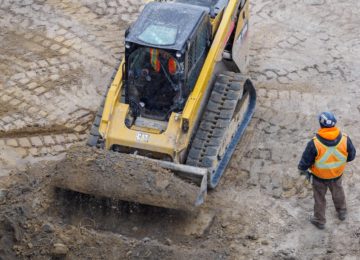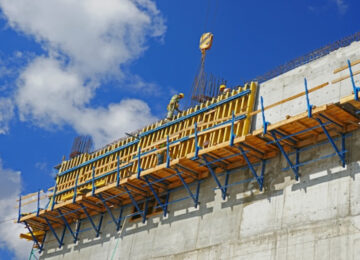Architects and developers must produce attractive, structurally sound residential complexes. These architectural marvels need building construction services. Underpinning secures the building to the earth and protects it from nature and time. Underpinning provides construction safety, longevity, and innovation beyond reinforcement. Underpinning helps establish safe, strong, and adaptable living environments that endure generations by rectifying soil instability or structural flaws. Urbanization alters our towns and societies, making underpinning vital to sustainable development and architectural objectives while safeguarding residents. Engaging a HUD consultant can also be beneficial, as they provide insights on compliance with housing regulations and ensure that the construction methods used, including underpinning, meet safety and quality standards essential for sustainable living.
Understanding Underpinning: A Foundation of Stability
Underpinning stabilizes a building’s foundation, which supports it. Soil subsidence, structural damage, and environmental changes may weaken the foundation, making it crucial. It strengthens the building’s foundation against time and weather. The Weehawken Underpinning service comforts architects, developers, and future dwellers beyond structural strength. By fixing soil instability and structural weaknesses, underpinning builds stability and resilience. In an age of urbanization and increased infrastructure requirements, underpinning is crucial to sustainable development, creating safe, livable environments for future generations. Underpinning reflects the industry’s commitment to innovation and expansion, helping apartment complexes expand while retaining safety, durability, and quality.
The Process Unveiled: Techniques and Methodologies
Underpinning solves construction issues in several ways. Foundations typically use steel or concrete beams to distribute load and increase stability. Traditional underpinning requires careful planning and execution to minimize environmental and structural harm. Resin injection or screw pile underpinning may be utilized when traditional underpinning fails. To stabilize the soil and strengthen the structure, glue or grout is injected beneath the foundation. Helical screw piles driven into the ground support and stabilize various soil and foundation types in screw pile underpinning.
Apartment Building Foundation
Apartment underpinning guarantees structural integrity and safety. When multi-story buildings expand, foundations matter more. Underpinning evenly distributes the structure’s weight, preventing unsafe settling and structural failures. Underpinning helps architects and developers maximize land utilization by creating high-rise buildings on challenging terrain or pre-existing structures. Underpinning strengthens the foundation and reduces unstable ground risks, allowing bold architectural concepts and urban development projects to build modern city skylines.
Beyond Stability: Increased Durability
Although its primary purpose is to reinforce buildings, underpinning provides numerous additional benefits. Underpinning solves soil subsidence and structural issues, extending apartment complex life and reducing costly repairs and maintenance. Underpinning lets developers rebuild and extend ancient structures to meet new rules. Underpinning promotes adaptive reuse and sustainable development by adding floors to satisfy demand or renovating existing buildings for safety.
Navigating Complexities: Issues
Underpinning has benefits but is challenging. The process requires careful planning, precise execution, and rigorous safety to minimize risks and optimize benefits. Choosing an underlying approach requires considering soil, groundwater, and nearby structures. To prevent conflict, stakeholders must communicate and cooperate on initiatives that affect surrounding areas and people. Transparency and engagement throughout development build community trust and guarantee project success and satisfaction.
Conclusion:
Construction foundation services show the industry’s commitment to innovation, resilience, and safety in a changing sector. From design to completion, underpinning ensures apartment buildings survive nature and time. Urbanization will raise demand for safe, sustainable, and resilient housing. Underpinning is a technical need and a symbol of progress and potential in our changing world, enabling architects, developers, and communities build strong, solid tomorrows.











